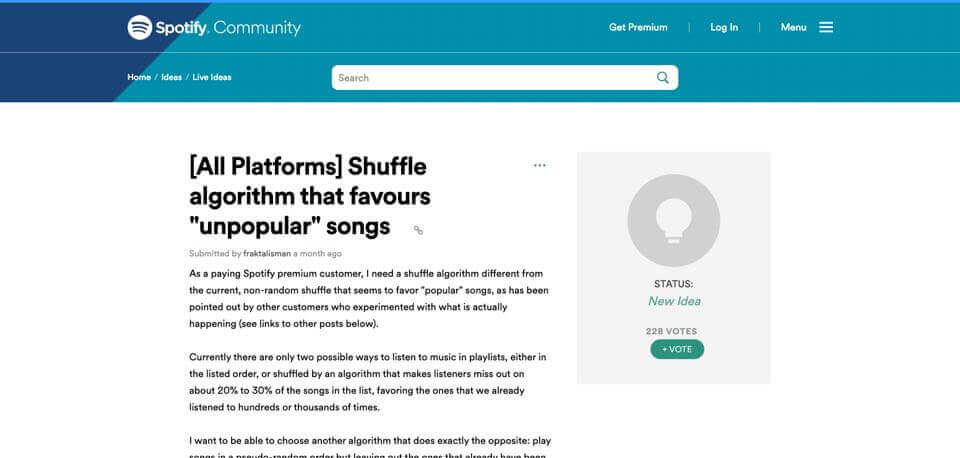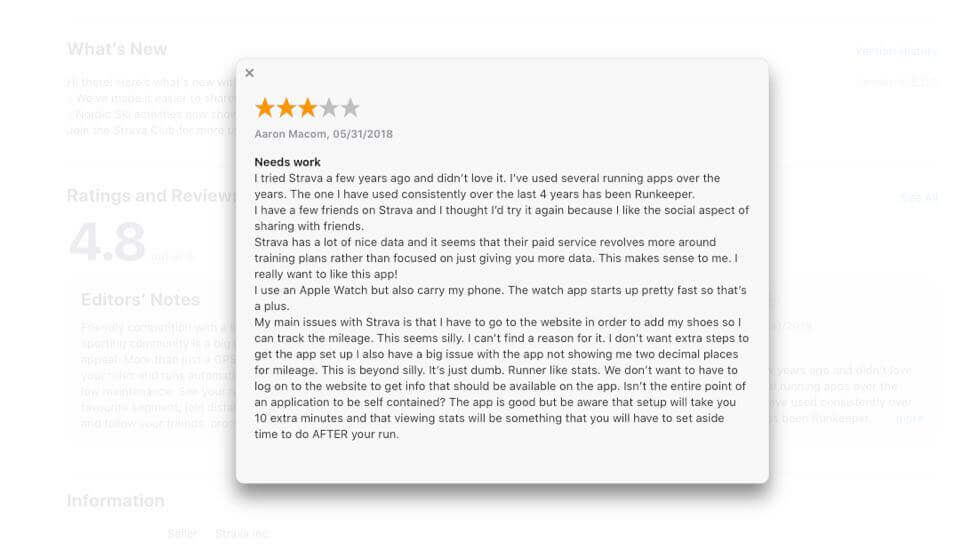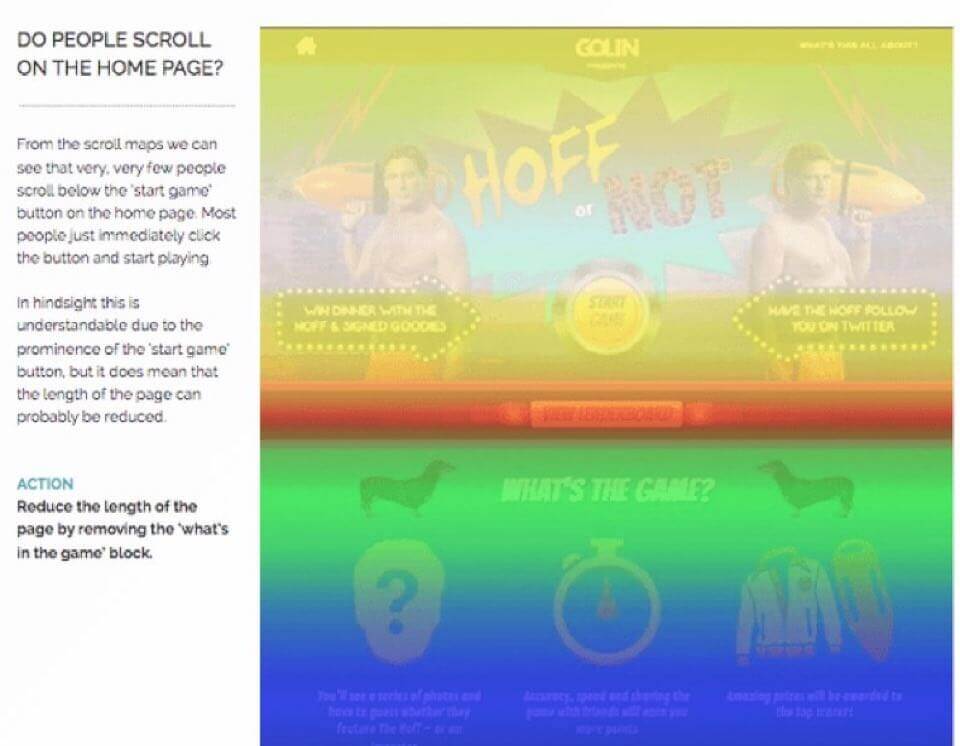Blog 5 ideas for user research when you can’t talk to users
At times, getting direct access to your users can be tricky. In this article we discuss 5 ways to conduct audience research, even when you can’t talk to people.
Let’s start by making it clear. The best design work requires user research, whatever the circumstances.
Without research, we’re just guessing. Sure, these might be well-educated guesses based on our experience… but how can we be certain our solutions are the right ones?
Skipping research can seem like a tempting shortcut to delivering your product a little sooner. But it’s an incredibly risky move. Not understanding your audience from the outset can result in the final product being unusable. Needless to say, it can spell doom for a business.
In spite of the risks, many organisations are still skeptical about the value of user research. To many organisations, research can seem over-expensive and too time consuming. This is particularly true when research participants are elusive, expensive or just generally hard to pin down.
Thanks to the changing ways of working brought into effect during the Coronavirus pandemic, we’ve all become intimately familiar with tools like Zoom and Google Hangouts. They’ve allowed us to continue running the more traditional moderated kinds of research (such as user testing & interviews) without too much issue.
But what about when contact with our users is totally off the table… Even remotely?
What about when we CAN’T talk to users?
Sometimes, for whatever reason, we can’t speak to our audience directly.
It could be due to extreme time constraints or resistance from our clients, or the very nature of the users themselves. Not being able to speak to users at all is an unfortunate reality you’ll sometimes have to face.
This sounds like a dramatic scenario, but it really does happen. We recently worked on an app where the target audience were time-poor investment professionals. We had limited time & budget for the project, making it very difficult to access these people directly. We did some interviewing when we could, but couldn’t afford the incentives these people needed to take part in moderated user testing sessions.
In cases like these, what are we to do?
Well, it’s time to get flexible and adapt. We need to seek some alternative, ad-hoc methods. Here are 5 to get your started. They’re ways to gain some real user insight – even when you can’t access these people directly.
1. Trawl the forums
If you have an existing user base, then they’re probably already talking about you online.
The internet is a big place. Most industries have a huge choice of online communities where people can go to rant about products & services. Including yours, most likely.
Find out where these conversations are happening. If you’re established enough, people will have probably mentioned you for better or worse.
If not, check out what people are saying about your competitors instead. Find out where the opportunities are.
- Are people crying out for a feature that nobody else is giving them?
- Are people using your product in a way that you didn’t expect?
- Why aren’t people using your (or a competitor’s) product?
- What kinds of lifestyles or attitudes do your users have?
Reading through other people’s conversations can be amazingly insightful.
You’ll build a real picture of your users, and their personalities. It’ll help you understand how they feel about your product and the problem area. You’ll learn the words they use, and the kinds of scenarios they face.

Forums are open communities where people discuss what they like (and what they don’t) about products & services… Including yours, most likely.[/caption]
Forum discussions might also help you to understand the language your audience uses. Pay attention to the specific words and phrases. If you notice any clear patterns, you can adjust the text in your user interface accordingly.
You’re unlikely to pinpoint specific usability issues with this kind of research. What it will do is highlight pain points or attitudes you may not have expected.
2. Read reviews
Like forums, user reviews can be a great source of insight.
This is especially true if you’re designing an app or digital service. For these types of projects, the reviews section of the App Store should be your first stop. The people who are willing to write reviews of your work (positive or negative) are among your most important users. They’re the most emotionally invested in your product. They’re dedicated enough to commit time writing the review.
Pay close attention to how they feel, and any issues they have.

If you have an app, pay close attention to reviews. They can bring to light usability issues, or ideas for new features.[/caption]
The nature of a review means they’ll be quite specific about what they like, and what they don’t. You might identify some granular usability issues or bugs.
Try to notice patterns in the feedback and focus only on the recurring problems. Broadly speaking, if 80% of your audience are happy with a certain feature but 20% aren’t – that’s probably ok. You can’t please everyone. If you leap on every criticism or suggestion made, you may end up playing ‘feedback whack-a-mole’.
3. Speak to those on the front-lines
In most larger organisations, there will be people whose actual job it is to listen to customer problems and complaints. If you need to understand customer pain-points, these people will have the insight.
For example :
- Ecommerce websites. Shoppers will call customer services if they have a problem.
- Internal productivity tools. Workers send complaints and help requests to IT.
- Company intranets. Staff who are stuck will email HR asking for help.
These people can be fairly low down the organisational pecking order, at least when digital strategy is concerned. Because of this, executives often neglect to engage them at all.
This is a terrible oversight of in-house expertise. The people on the front-lines of your business often have the best understanding of the customers. After all, they deal with them every day. Just talking to these people can provide a whole load of valuable insight and direction.

Speak to the people on your businesses’ front-lines, like customer support staff. They know your audience best.
Even if you’re in a position to interview users directly we would still recommend getting close to these customer support teams. They’ll have so much knowledge that’ll be helpful to you.
Try asking them :
- What feedback do you hear most often?
- What do you help users with most often?
- What do you think the best & worst parts of the existing product are?
Don’t be nervous about approaching these people. After all, your design improvements will make their lives a lot easier, so they should be happy to help.
4. Check your analytics data
Most websites should already have something like Google Analytics set up.
Because analytics tools are often viewed as the marketing team’s remit, they’re often forgotten by designers & developers. This is a massive shame, because they offer a mind-boggling amount of information about your site visitors.
If the tool is already set up, then you’ve already got a whole load of insight ready to be uncovered at the click of a button.
Just one warning. When it comes to analytics data, be cautious of ‘Analysis Paralysis’.
Tools like Google Analytics have provided us with amazing opportunities to get real user insight quickly and easily… But if it’s not used to drive any actions or decisions, then it’s not helpful.
Make sure that you always have a research goal before diving into your analytics.
Use it to answer questions, rather than aimlessly browsing around. Try questions like :
- Which sections do people visit the most often?
- What are people searching for, and do they find what they need?
- How do the behaviours of first time visitors differ from returning visitors?
- Do people behave differently on mobile to desktop?
Set these questions first, otherwise you’ll end up falling victim to The Cobra Effect.

Tools like HotJar and FullStory offer user session recordings, and are the next best thing to moderated user testing.
5. Watch remote session recordings & heat maps
Online analytics tools have really come a long way in the last few years.
Google analytics has always been great for highlighting which parts of the site are underperforming, but it can’t tell you exactly what’s going on there.
A new breed of tools have recently sprung up, dedicated to tracking sessions & user behaviours on the page. There are quite a few to choose from. Industry favourites include HotJar, CrazyEgg, and MouseFlow.
These tools let you see how far people scroll, what they spend the most time looking at, and where they eventually click.
At Pixel Fridge we’ve been using HotJar a lot recently. This is because we find the reporting interface quite easy to use and the price is pretty fair. You can actually use it for free up to a certain number of session recordings, so there’s value to be had even if you can’t afford the subscription.
HotJar also gives the ability to add little pop-up surveys to your page, which can trigger after the user takes certain actions. It’s a great little bonus, and an opportunity to get additional some qualitative data, too.
All research is good research
Here’s the thing. Ideally we’d always be doing our research in-person. We’d always spend time in moderated sessions running interviews and tests, until we’d gotten everything just right.
But life is rarely that ideal. Sometimes we need to resort to secondary methods like these to get the job done. And that’s OK.
Whatever kind of research you do, primary or secondary, it’s always better than nothing.
These techniques can also act a ‘gateway drug’ for more intensive user research. Seeing results from more ad-hoc methods can whet bosses & clients appetites for further learning. It can unlock the gate to doing moderated forms of research.
Don’t skip research, even when your users are inaccessible. Make the most of a situation. Do what you can. It always pays off in the long-run.
Chris Myhill
— Co-Founder